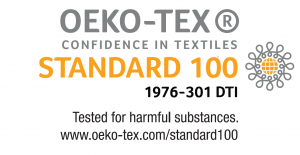The Viking Sheep
When Viking settlers first arrived in Iceland in AD 874, they brought with them the Iceland Sheep.
Icelanders have been engaged in a relentless struggle with the rugged environment in which they live. Here the authentic natural wool from the Icelandic sheep has provided protection from the biting cold of the tough northern climate.
As a breed, the Iceland Sheep is unique – its purity has been protected by centuries of isolation and a total absence of contact with others. By the same token, the wool it produces has no counterpart anywhere.
Another striking characteristic of the Iceland Sheep is its natural colors, i.e. black, grey and brown as well as the usual white.
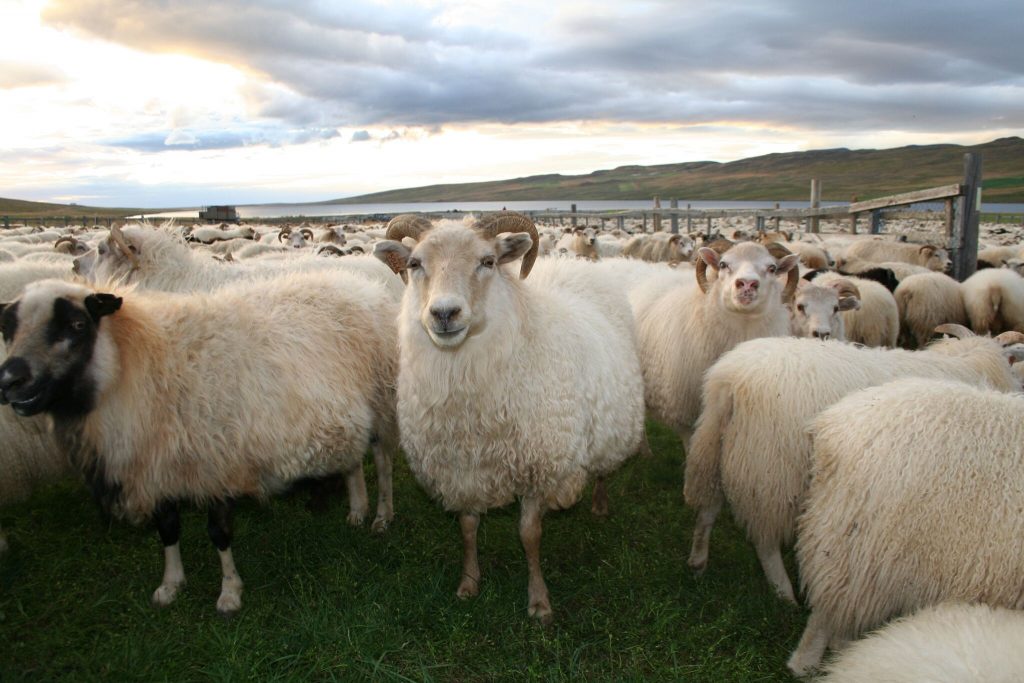
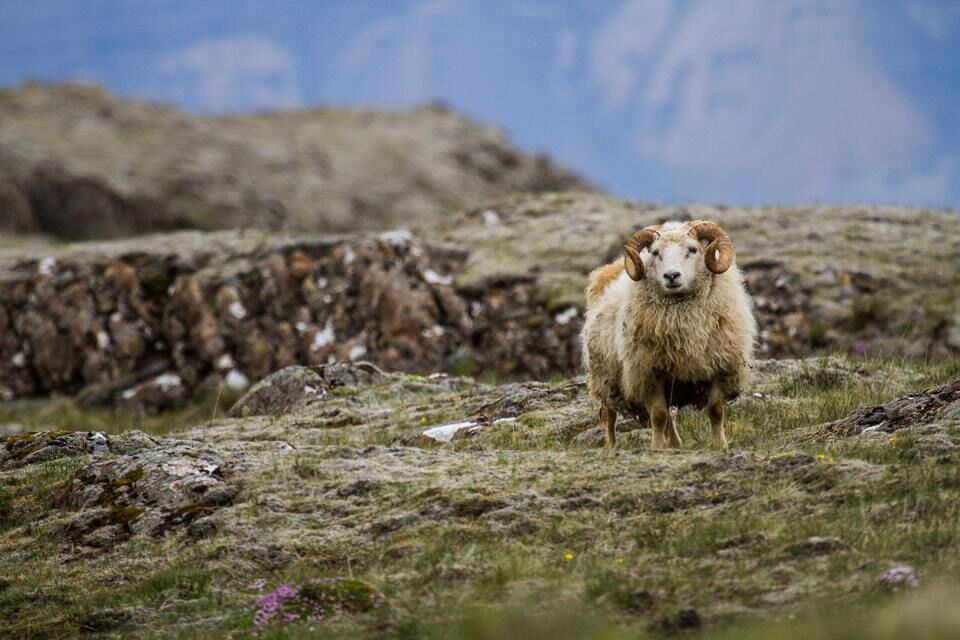
Facts about the Icelandic Sheep
- Icelandic sheep is unique (only about 400-500,000 animals) and with a direct link to the first sheep that came with the Vikings
- Icelandic sheep roam carefree in pristine and unspoiled wilderness during the summer
- Icelandic sheep are never put through mulesing
- Icelandic sheep are the real deal and not exposed to any cheating hormones or chemicals
- Iceland is clean – Icelandic farmers use about 10 times less antibiotics than is used in Switzerland and about 30 times less than in Germany per animal
- In Iceland, there is no need for chemical treatment of lice as it does not exist in Iceland – no chemical residues in Icelandic wool
- An Icelandic Sheep farm is on average small (200-300 animals) and many farmers know their sheep by name
Wool
Most Icelandic sheep are shorn twice a year, i.e. in the autumn and spring.
The autumn shearing in October – November is done when the sheep are taken into their winter sheds. The Autumn wool has the best quality, free from contamination from the sheds and with good fiber length.
The spring shearing (snod) is done in February-April or 2-3 months before they are set free on the summer pastures. This is done to increase the quality of the upcoming wool autumn wool. However, the spring wool is well suited for a filler or in non-woven applications. Animals with one year shearing cycle are also sheared in the spring.
Wool is purchased directly from farmers, then it is taken to our washing plant in Blönduós in the North of Iceland, where the first stage of the process is to ensure the quality and color of the wool.
The next stage is washing, where the use of chemicals and detergents is kept to an absolute minimum to ensure that natural oils are preserved, leaving the wool as warm, light and water-resistant as nature herself made it.
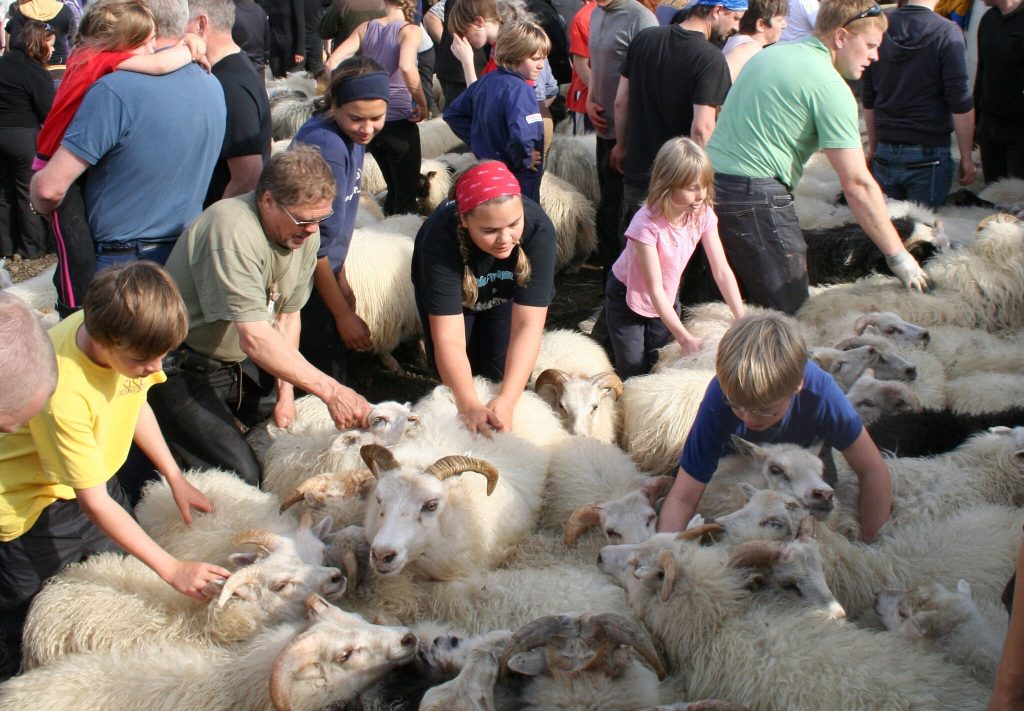
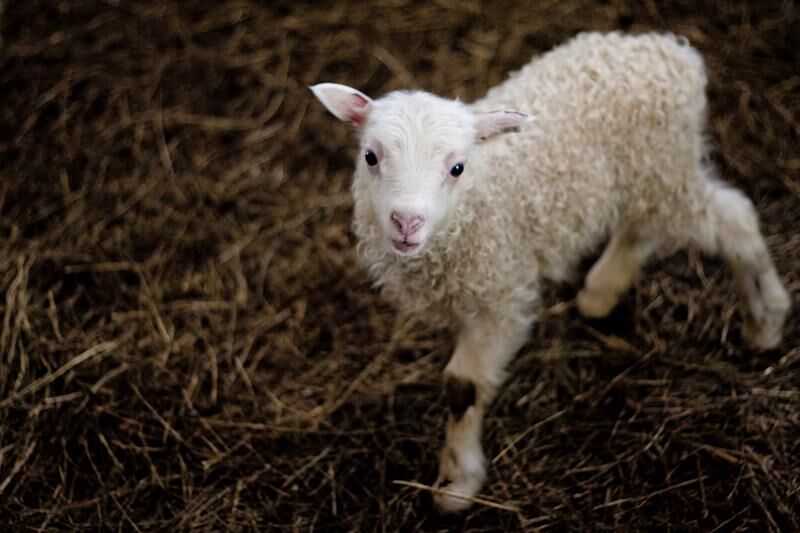
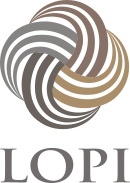
![hrútur-hvitt-hreint-eps-[Converted]](https://www.istexwool.is/wp-content/uploads/2018/03/hrútur-hvitt-hreint-eps-Converted-150x150.png)

